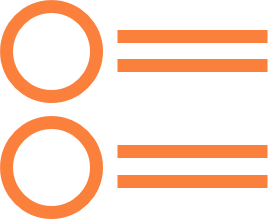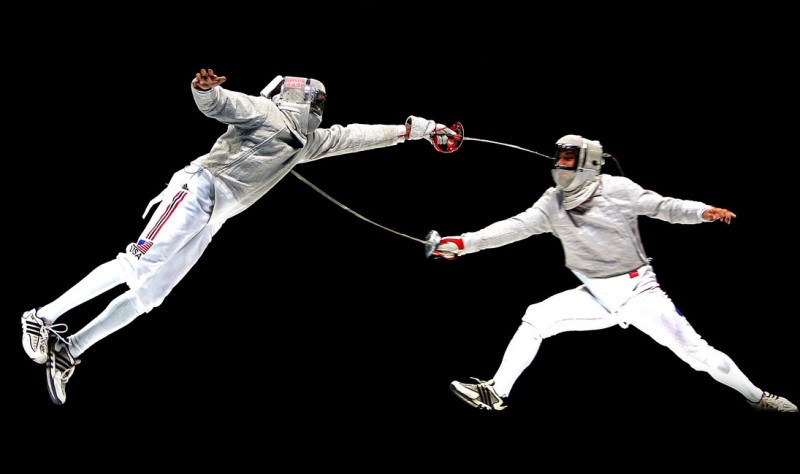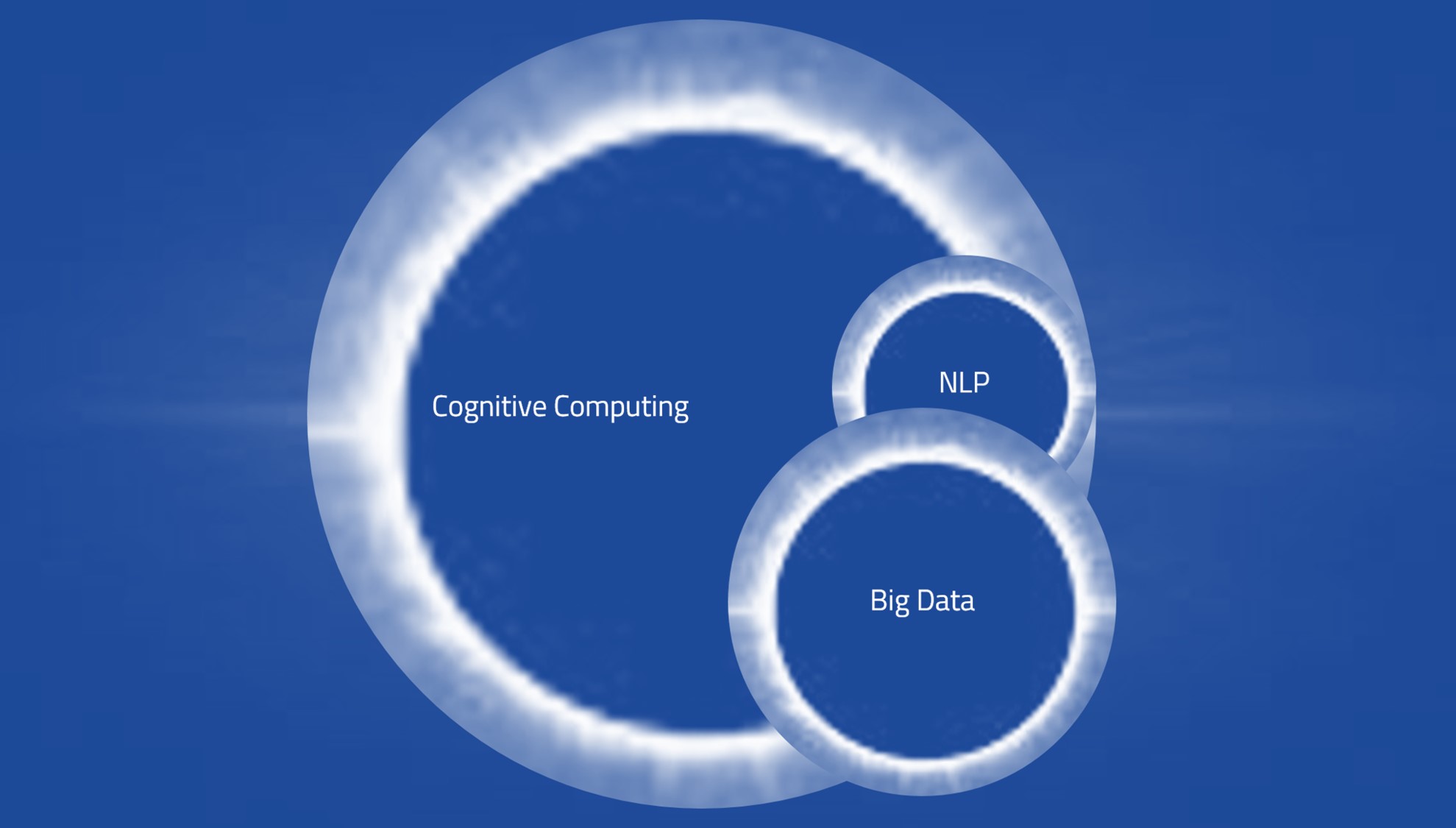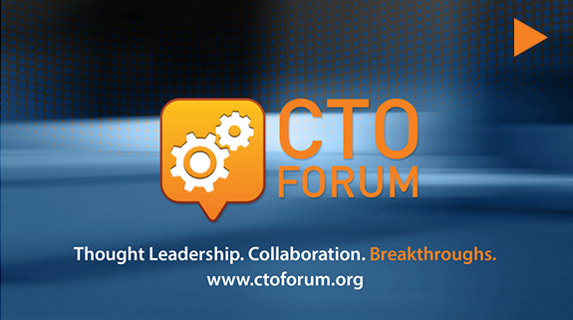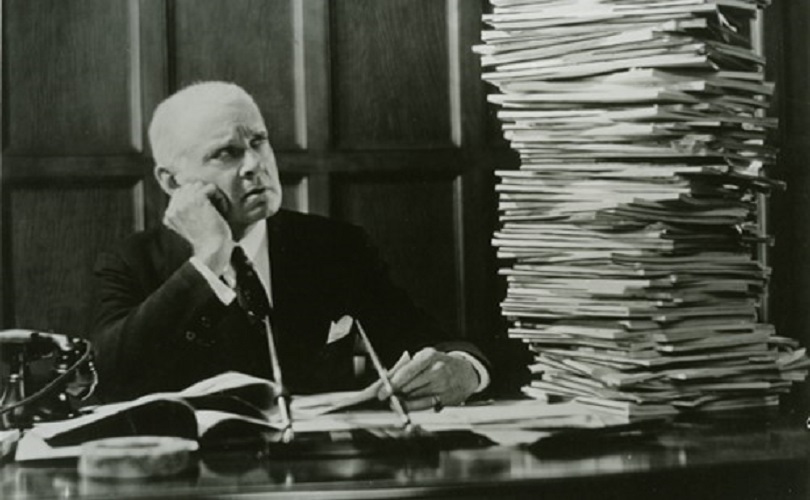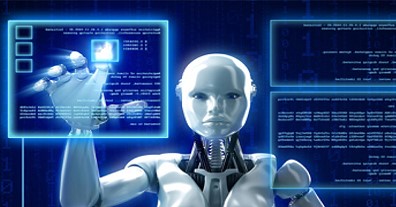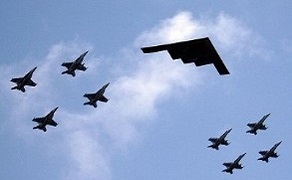
Workforce multiplication as a concept has been around for ages. The myopic view of workforce multiplication focuses only on reduced costs or increased throughput. However, great leaders have used increased productivity from workforce multiplication to achieve much more.
- Highly productive teams get to better answers. Think about the marketing team that has to go through a thousand survey responses to make decisions about their product. Today, they primarily rely on supplementary quantitative input or peruse through a sample of qualitative inputs. If they magically were able to process each response, they could glean unprecedented insights from this survey. If the magic made this team's ability to read the responses unlimited, they could successfully use all the feedback they keep getting on social media.
- Highly productive teams are also able to accomplish impossible tasks. Think about an entrepreneur who wants to sell some product online. Today, most frequently, success of their pricing strategy is known only after the launch of the product or promotional offer. If this team had the bandwidth, they would do an exhaustive competitive analysis and follow successes of similar deals. They can predict the strength of their pricing and refine it even before the product hits the market.
- Most importantly, highly productive teams are also highly responsive. Think about a sales team at a corporate bank that has to collect and process information from multiple unstructured documents to make proposals. Today, these teams spend most of their time spotting information in these documents and typing them up in some database. If this was taken care of automatically, this team would respond to leads much faster, gauge the response much earlier than competitors and change strategies as necessary.
Managers tell us that increasing workforce productivity is about morale, enabling tools including automation, training and other levers. However, after a point any further improvement become expensive; akin to hiring more smart people, which comes with its own challenges. At the same time military leaders talk about John Boyd's high-low-mix. This doctrine holds that a small number of advanced planes can be made highly effective if supplemented by a large number of inexpensive planes.
In manufacturing the adoption of industrial robots has already illustrated the power of this high-low mix. These robots automate the tedious, repetitive tasks on assembly lines leaving to humans tasks that need creativity, judgment, art, or innovation. As a result, factories are producing more high quality products faster; the designs are getting more intricate creating amazing features and higher safety standards for end users; and the variety has grown exponentially because it doesn't take the robot any training to move from one model to other.
Workforce multiplication has proven itself in military and in the world of industrial robots. Its time the enterprises adopted it for cognitive workflows.
Cognitive technology like Coseer is an affordable workforce multiplier for enterprises across sectors. Software, combined with humans, provides an effective high-low-mix that makes enterprises more productive, responsive and competitive. Stay tuned to know more. Follow us on social media.


